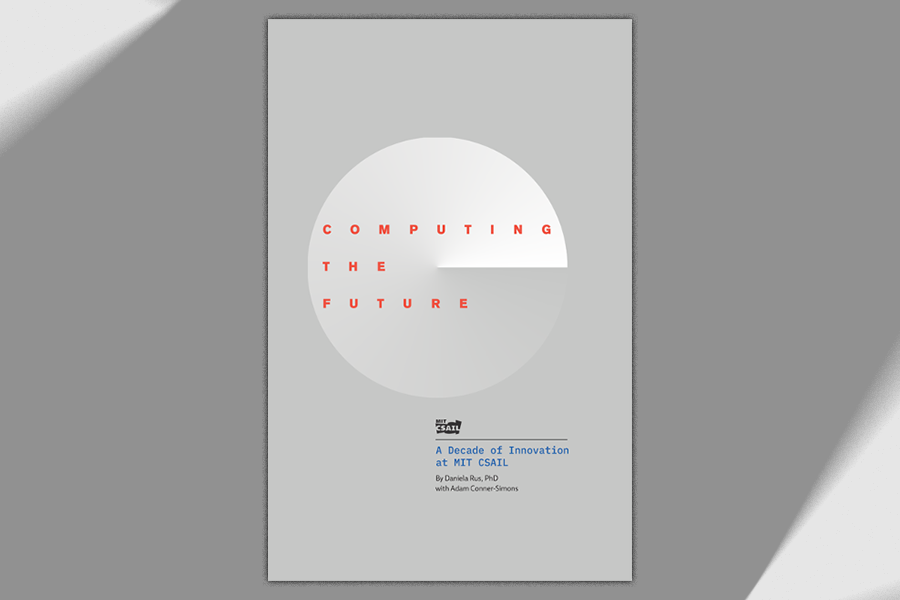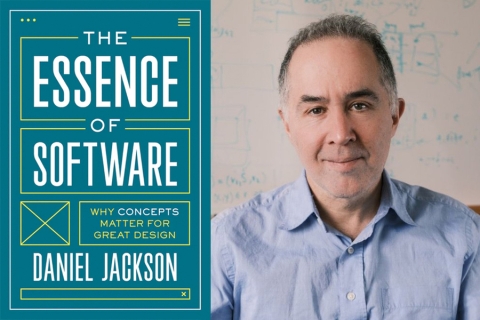For more than 60 years, MIT has been an undisputed pioneer in developing computing technologies that have transformed the world. The Institute’s largest research lab, the Computer Science and Artificial Intelligence Laboratory (CSAIL), has had a hand in everything from time-sharing and computer graphics to data encryption and early versions of the Internet.
In "Computing the Future: A Decade of Innovation at MIT CSAIL" (November 28), lab director Daniela Rus and MIT science writer Adam Conner-Simons lead readers on a journey in examining the multifaceted set of computing disciplines that the lab has impacted over the past decade, from artificial intelligence and machine learning, to computer vision and robotics, to quantum computing and virtual reality.
CSAIL innovations covered in the book include fairer deep learning algorithms, tools for automatic bug repair, programs that generate their own code, and even next-generation computer chips made of carbon nanotubes. The authors outline lab work that has allowed researchers to predict traffic accidents, preserve fiber-optic networks, detect dementia, develop new antibiotics, and even help take the first-ever image of a black hole.
In the process of outlining these diverse research efforts, Rus and Conner-Simons look at the work retrospectively to make the argument that studying existing technical methods alone will not get the job done.
“We need major advances and new ideas to drive our field forward,” they write. “And we need to embrace our responsibility to the world for the tools we develop, to ensure we’re making the world better for everyone and not just the lucky few.
“Computing the Future” is available in open access and as a print book via the MIT Press Bookstore.



